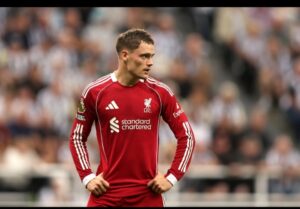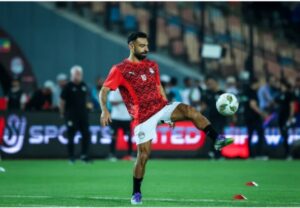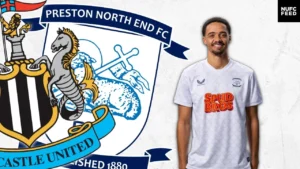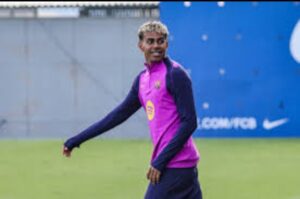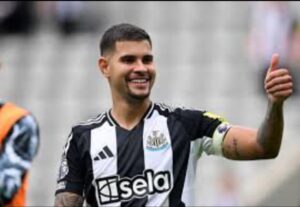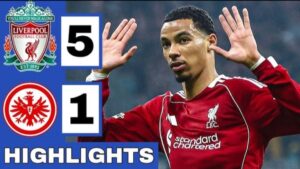
Carl Furillo, affectionately known as “The Reading Rifle” for his powerful throwing arm, was a stalwart of the Brooklyn and Los Angeles Dodgers during the 1940s and 1950s. Despite his impressive statistics and pivotal role in the Dodgers’ success, Furillo’s legacy is often overshadowed by other contemporaries. This comprehensive biography delves into his life, career, and the complexities that defined his journey in Major League Baseball.(Wikipedia)
Early Life and Entry into Baseball
Born on March 8, 1922, in Stony Creek Mills, Pennsylvania, Carl Anthony Furillo was the son of Italian immigrants from Campania. His father hailed from the province of Caserta, while his mother was from Benevento. Furillo’s early life was marked by modest means; he left school after the eighth grade to work various jobs, including apple-picking and laboring in a woolen mill. His passion for baseball remained steadfast, and after the death of his mother at age 18, he decided to pursue the sport professionally.(Wikipedia)
In 1940, Furillo signed with the Reading Chicks of the Interstate League. His prowess on the field, particularly his strong arm, earned him the nickname “The Reading Rifle.” The Brooklyn Dodgers were so impressed by his talent that they purchased the entire Reading minor league franchise to acquire him. Furillo’s journey to the majors was interrupted by World War II; he enlisted in the U.S. Army in 1942 and served in the Pacific Theater, earning three battle stars and a Purple Heart for being wounded in action.(Wikipedia, South Bay History)
Major League Career
Brooklyn Dodgers (1946–1957)
Furillo made his MLB debut with the Brooklyn Dodgers on April 16, 1946. Over the next decade, he became a mainstay in the Dodgers’ lineup, known for his consistent batting and exceptional defensive skills. He played a pivotal role in the Dodgers’ seven National League pennants between 1947 and 1959.(South Bay History, Real Time 1960s)
In 1953, Furillo achieved a career highlight by winning the National League batting title with a .344 average, despite missing the last few weeks of the season due to a broken hand sustained during a confrontation with manager Leo Durocher. This feat marked the highest batting average by a right-handed hitter in Dodgers history up to that point.(UPI, Wikipedia)
Furillo’s defensive prowess was equally impressive. He led the league in assists in both 1950 (18) and 1951 (24), and his strong arm made him a formidable presence in right field. Opposing runners were often hesitant to challenge his arm, contributing to his reputation as one of the premier defensive outfielders of his era.(Wikipedia)
Los Angeles Dodgers (1958–1960)
When the Dodgers relocated to Los Angeles in 1958, Furillo made the move with the team, purchasing a home in Manhattan Beach. He continued to contribute to the team’s success, including a key pinch-hit in the 1959 World Series against the Chicago White Sox, which helped secure the Dodgers’ second championship.(South Bay History)
However, injuries began to take their toll on Furillo’s performance. In May 1960, while recovering from a torn calf muscle, the Dodgers released him. Furillo filed a lawsuit against the team, alleging that his release was a tactic to avoid the higher pension due to a 15-year player and medical expenses. The case was settled in 1961, with Furillo receiving $21,000. He later claimed that he was blackballed from the sport, as he struggled to find employment within baseball, a charge denied by Commissioner Ford Frick.(Real Time 1960s, thisdayinbaseball.com, thinkbluela.com)
Post-Baseball Life
After retiring from baseball, Furillo distanced himself from the sport for many years. He worked as an elevator installer for the Otis Elevator Company, contributing to the construction of the World Trade Center towers. In the mid-1960s, he owned and operated a deli in Flushing, Queens, before later working as a night watchman.(Wikipedia, thinkbluela.com)
Despite his initial estrangement from baseball, Furillo eventually reconciled with the sport. He became a regular attendee at fantasy baseball camps at Dodgertown in Vero Beach, Florida, and was invited to old-timers’ games by Dodgers president Peter O’Malley. These engagements allowed him to reconnect with former teammates and fans, offering a sense of closure to his baseball journey.(Wikipedia)
Legacy
Carl Furillo’s legacy is characterized by his consistency, defensive excellence, and contributions to the Dodgers’ success during a transformative era in baseball history. While he may not have achieved the widespread recognition of some of his contemporaries, his impact on the game is undeniable. His story serves as a testament to the dedication and resilience of athletes who, despite facing challenges and controversies, leave an indelible mark on their sport.
